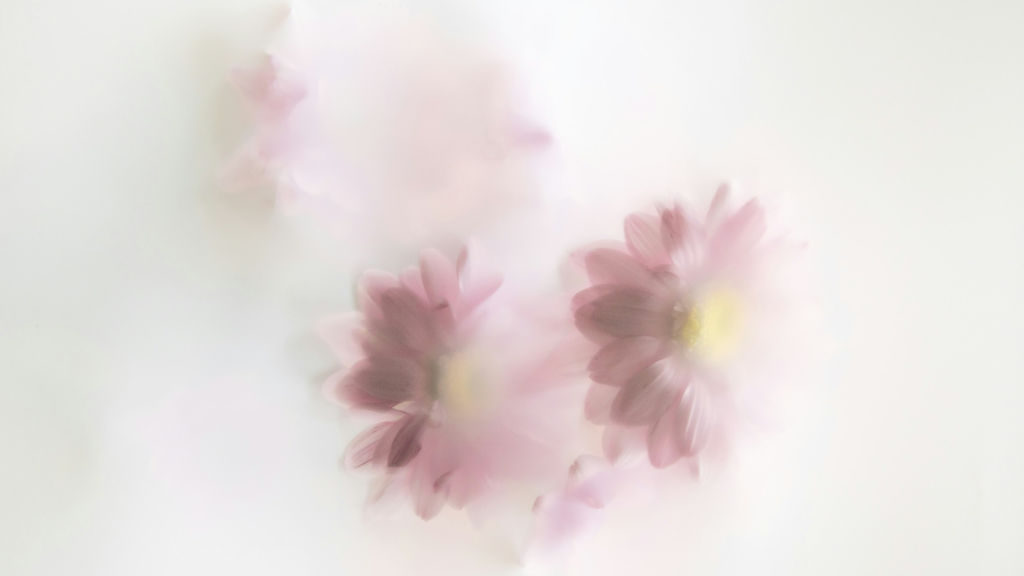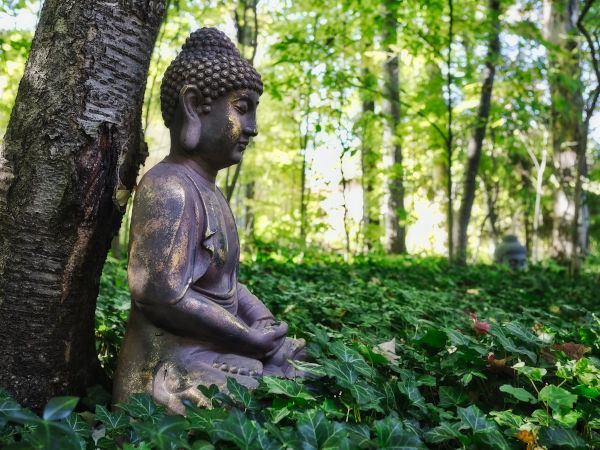Healing Patriarchy is Healing the Wounded Father Within by Remembering the Sacred Feminine
The following post is from my research project Reclaiming the Passive Voice: Stories of Women Who Leave Landscape Architecture, revised for a general audience. Read the full research report.
From where are you perceiving the world?
Human beings are social creatures. While we lived as separate tribes via different cultures across the world historically, the similarities found in mythology, religion, art, and social practices reveal that we share a collective unconscious. In recent history, globalization has made our shared unconscious beliefs more apparent through patterns of a mainstream culture.
This meta-society, also known as the hegemony, can be considered a psychological and behavioural system based on evolved norms of historical patriarchy and related practices of colonialism, imperialism, and capitalism. Characteristics that support this system include competition, empiricism, and rationality. From the dominant worldview of this meta-society, everything outside of its system does not exist. What lives at its edges, or in its margins, is projected as marginalized.
Contemporary social justice movements are very dedicated to representing the marginalized, and yet, standing from the dominant worldview, the margins remain. However, if we shift our place from what was once dominant to what was once at the margins, the margins no longer exist. We are now at the centre of another world. From this vantage point, what was once dominant has become another perspective among other worldviews.
Diffusing the polarities of dominance and marginalization may be a good first step. But what if we moved our place in the world again? If we stepped back and broadened our vision as far as it can from a place of expansion, what is social, dominant, or marginal no longer matter. What remains is only the gratitude that we can co-exist together within the vastness of space and time.

We are archetypes in manifested form
This shift is psychological and described metaphorically, but on Earth, we are always emplaced in a landscape. This landscape is our worldview grounded into the reality of a physical body filled with thoughts and feelings. The locus of our entire world is within us. There is no place-making, no knowledge creation, no social change, no hegemony, and no marginalization without human beings. Therefore, the first place of focus in every human endeavour must be the human beings who make up the system. Therefore, the first place of social healing must also be inside you and me.
To address deeper psychological patterns, I look at archetypes. The concept of archetypes may seem esoteric for many people, but from a pragmatic perspective, archetypes are simply the basic building blocks of human relationality. Before the “oneness” of the universe is the unity of dualities in a relationship, for example, the play of light and shadow, data deriving from the 1s and 0s in a computer’s binary system, and a quantum particle’s ability to be in two places at the same time.
The primary relationship in human nature is the duality of the feminine and masculine archetypes. The Feminine, also known similarly as Yin in Daoism, Shakti in Hinduism, Gaia in Ancient Greek, and the Anima in Jungian psychology, is characterized by receptivity, intuition, nurturing, flow, embodiment, and groundedness. The Masculine, also known similarly as Yang in Daoism, Shiva in Hinduism, Uranus in Ancient Greek, and the Animus in Jungian psychology, is characterized by action, reason, structuring, protecting, doing, and envisioning.
Parallel to this dynamic is the primary duality of our subjective experience of life: the moderation of our inner and outer worlds. Landscapes are the meeting grounds between these two primary dynamics: the external union between sky and earth (Uranus and Gaia) and the internal mediator between our perception of the world and the meaning we make of it. Since Mother Earth or Gaia is the embodiment of the planet’s feminine archetype, we often mistakenly refer to nature as “she.” However, let’s not forget all the nature that comes from Father Sky! Therefore, nature is the balance of the feminine and masculine from the archetypical, energetic, and creative/productive sense.
Since humans are nature, we also have a balance of feminine and masculine energies. This duality is not to be conflated with the biological classifications of men and women, and the gender roles that have been practiced throughout history. When we mistake the need to balance the duality of nature with splitting nature into binaries, we get into polarized patterns of nature-worshipping and nature-rejection. The result of either polarity is the same: the denial of human nature. We see external nature (e.g., forests, lakes, meadows, and other species) as good, while our vulnerabilities (e.g., emotions, bodily functions, death, and sickness) as bad. So, instead, we focus on intellectualism, technology, and status.
Patriarchy as the wounded father
The collective imbalance of human nature at a societal level becomes patriarchy. To cope with the threat of disempowerment, the Wounded Father, who sees vulnerability as weakness finds justification to marginalize another by dismissing and denying the value of a person, group, or idea. Since vulnerability is part of nature, patriarchy is a state created out of a psychological fallacy, or in other words, a false belief. The implication of this false belief is the formation of hierarchical civilizations such as colonialism, imperialism, and caste-based systems. Even though civilizations based on ideologies such as communism, religion-states, and capitalism are not patriarchal in theory, when they depend on or maintain the imbalance of patriarchy, they are also doomed to be destructive in some way.
The target of patriarchy’s marginalization is anything related to the feminine: the objectification of women; the dismissal of traditional wisdom practiced by women; the denouncing of the Earth’s authority; and the devaluing of Earth-based cultures and spiritual practices. The effect is a spectrum of social and environmental issues ranging from misogyny and domestic violence, to seeing the Earth as inanimate and merely a “resource”, to treating humans as competitors in economic, labour, and attention-seeking markets. At a personal level, unaddressed pain due to the imbalance will lead to emotional distractions such as over-fixing on intellectualism, technology, and status, or emotional numbing through addictions, guilt inducing pleasures, and blaming others for perceived faults.
Healing the masculine is acknowledging the feminine
Just like how the categorization of the good will give birth to the bad, wounded masculinity will also be accompanied by the patterns of wounded femininity. Without a healthy feminine aspect, we lose our intuitive inner compass, our worthiness to receive life’s opportunities, and the corporeality of our existence. We can no longer see the world from our rightful place within our bodies. We become subsumed by hegemonic narratives (run by distorted patriarchal wounding). Therefore, healing patriarchy starts with reuniting with the feminine within.

Questions to ask yourself in an everyday practice of remembering your feminine essence (even if you are a man) are: How often do you acknowledge the authority of the Earth and connect with the spirit of the place? How often do you acknowledge the validity of the feminine archetype by listening to your intuition and reading “between the lines” of the world? How often do you acknowledge your own nature by trusting your gut, honouring your emotions, and respecting your vulnerabilities?
And lastly, where are you placing yourself in the world? Are you staying in environments that recognize and support your inner truth or abandoning yourself within wounded systems that continue to keep you incomplete, unfulfilled, and unworthy? Your inner feminine holds the answer.





